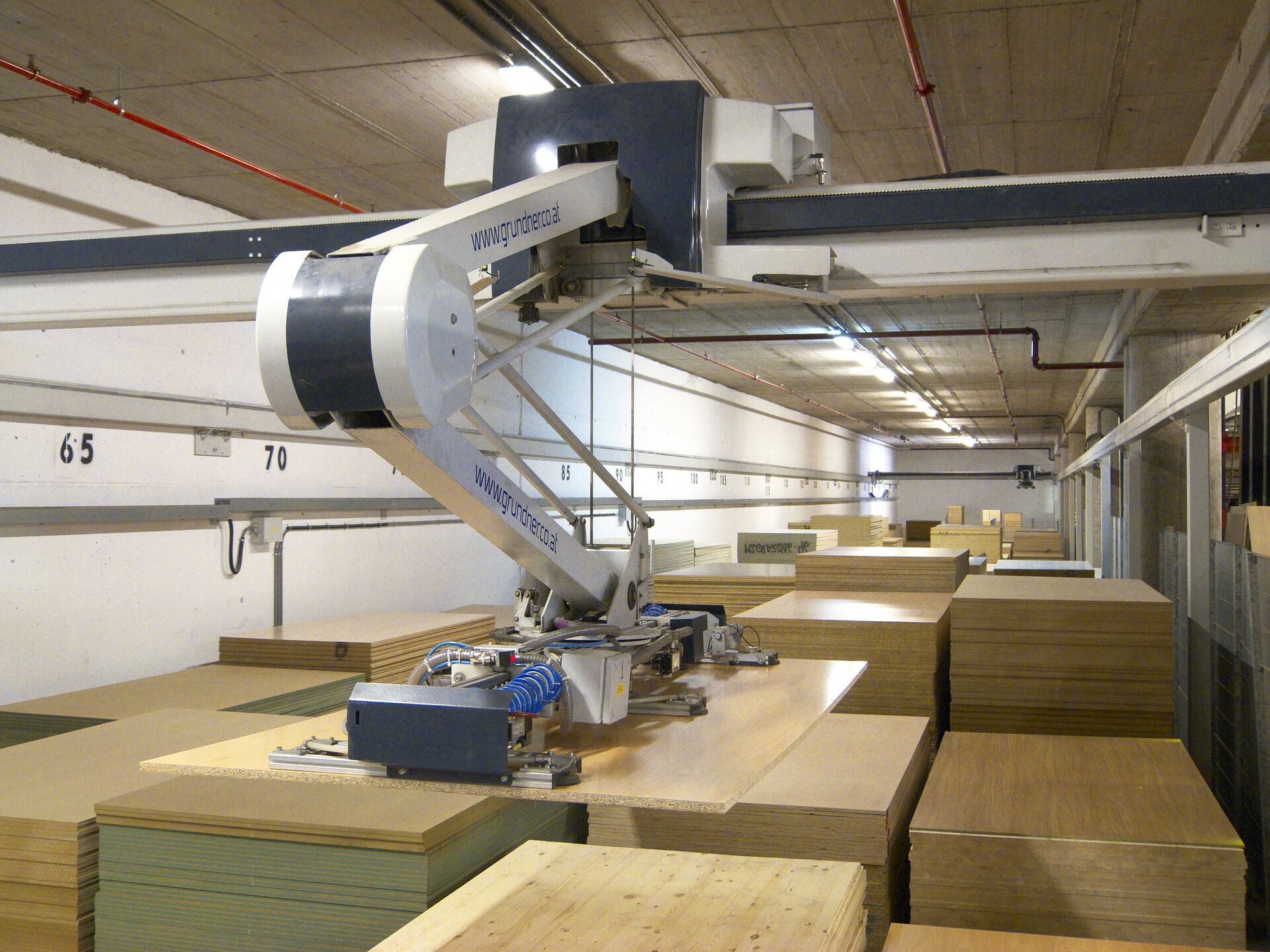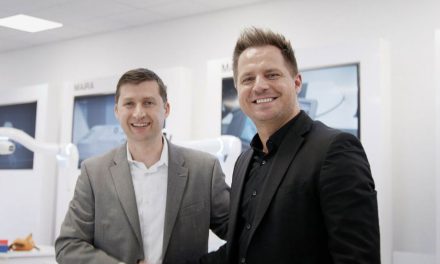All parts of the supply chain can benefit from automation, and warehousing and materials handling are no exception. A recent Gartner survey predicts that 75 per cent of large enterprises will have adopted some form of intralogistics smart robots into their warehouses by 2026. Here Neil Ballinger, head of EMEA at industrial parts supplier EU Automation, discusses some of the key reasons why warehouse managers should look to up their investment in automation and offers insights into the industry’s future.
Intralogistics smart robots are those designed to aid warehouses and distribution centres. Automation of this kind is becoming increasingly sought after in light of rising labour rates, labour availability constraints, and increased demand on warehouses resulting not least from the COVID-19 pandemic and from recent shortages that impacted all sectors of manufacturing.
There are many reasons to consider increasing your investment in automation, with smart solutions to fit all budgets. Investing in them now can be a great step to future-proof your business and gain a competitive edge.
Key benefits of automation
A key reason to implement automation in your supply chain is safety. This is supported by a recent research article published by the Harvard Business Review, where workers cited it as the number one benefit. In warehousing, robots can not only perform inherently dangerous tasks such as reaching items on high shelves, but also help to prevent injury or sickness resulting from general worker fatigue, for example from using improper lifting techniques, or working erratic shifts.
The next most cited benefits were increased speed and efficiency and higher-quality of work, with one worker claiming a ten times increase in productivity as a result of automation. For example, automated guided vehicles (AGVs) are a staple of intralogistics automation which can streamline product movement around the shop floor while minimising product damage and the need for labour.
Examples of automation in warehousing
When deciding what and how to automate, warehouse managers are spoilt for choice. For pick and place applications, KNAPP’s universal conveyor system can supply many different areas of a warehouse efficiently and reliably. For improving workers’ safety, TM Robotics’ Intelligent Box Opening Device eliminates the need for manual opening of boxes with a knife. For those looking for a flexible intralogistics solution, VisionNav’s robotics-vision guided AGVs can transport items such as pallets around the shop floor with high accuracy.
Inspekto’s S70 visual inspection unit combines a unique electro-optics system with Autonomous Machine Vision AI technology to provide automated and accurate out-of-the-box quality assurance. This has many use cases, such as checking integrity of incoming parts or goods, and assembly verification.
The sky is the limit when considering automation options, and even seemingly less-important tasks, such as removing recycling from the shop floor, can be automated, for example with Fetch Robotics’ Autonomous Mobile Robots (AMRs), which can be programmed to pick up recycling at custom time intervals according to a warehouse’s needs. This frees up workers to perform more value-adding tasks, which will result in improved employee satisfaction.
Integrated systems
A recent article from McKinsey & Company anticipates that investing in integrated solutions across the three main areas of materials handling — warehouse management, shop-floor operations and field operations — may be an effective strategy to future-proof your business. For example, Sainsbury’s has recently replaced its legacy warehouse management solutions with Körber’s K.Motion Warehouse Management System, a cloud-based, integrated system which will allow customisation to incorporate new processes unique to its business and industry.
Whatever your automation setup, whether a hybrid mix of new and legacy systems — including obsolete products — or a shiny new integrated solution, EU Automation can provide any spare parts you may need to keep your business up and running. To find out more, visit our website.




